Escarole substitutes might be essential if you’re rushing for some ingredients which are suitable for your salad rotation. It’s a fact that not everyone claps their hands when there’s escarole at the dining table because of its pronounced bitterness.
However, it can be a fantastic addition to various recipes, such as pasta, salads, and soups. Perhaps you know, escarole plays a vital role in Italian wedding soup recipes.
It might not be easy to find a replacement but it’s still possible for you to find an ingredient that somewhat mimics the texture and flavor of this vegetable.
How about other escarole recipes? Can it be replaced, though? Yes, you can navigate a lot of substitutes out there that are seriously helpful and save your recipes from the lack of this green.
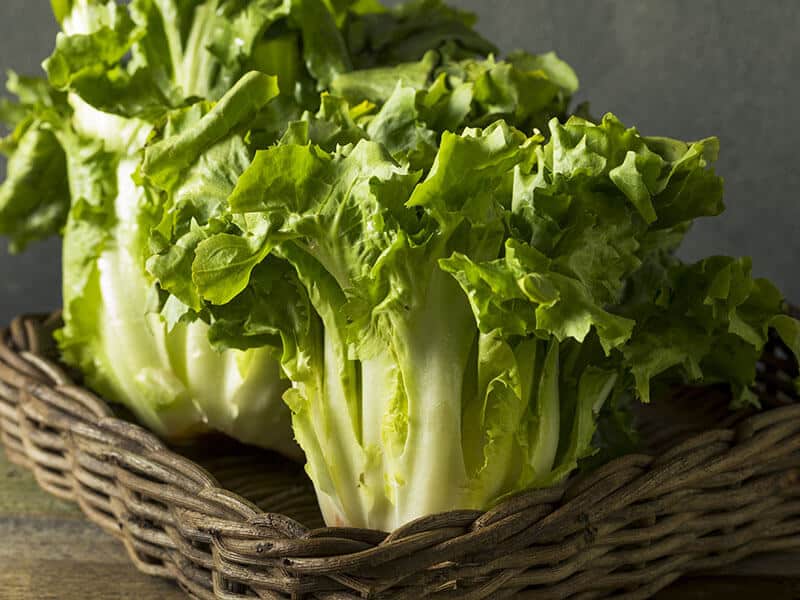
Table of Contents
What Is Escarole?
Escarole is believed to have originated from Sicily and the Mediterranean countries. Nowadays, it’s cultivated all around the world and has become popular in every supermarket and grocery store.
A member of the chicory family, escarole (Cichorium endivia), also known as broad-leaved endive, scarole, Batavian endive, Bavarian endive, features short, broad, wavy-edged leaves and mildly bitter flavor.
Most of the time, the outer leaves with darker green colors seem tough and distinctively bitter, while the inside ones are pale-yellow, more tender and sweeter.
That is to say, it’s a cousin of radicchio, curly endive, and the Belgian endive – some of them you might have been familiar with. It’s worth noting that escarole is famous for its sharpness which might be not as much as radicchio, but apparently more than romaine lettuce.
3 Popular Ways to Use escarole
There’re many ways to work with escarole. Whether cooked or raw, escarole performs excellently with rich ingredients which balance its bitterness nicely.
Making Soups
Making escarole soups with chicken, meatballs or sausage are some of my suggestions you can try right now. Believe me, they sure taste amazing. For those who wonder, escarole slowly adds its earthy and mellow flavor to the soup and makes it tastier than ever.
Tossing In A Salad Bow
Thanks to its slight bitterness and crunchy texture, you can toss it into the salad and enjoy your veggie bowl, just like you do with baby spinach and lettuce. To get the ultimate flavor, you might want to pair it with a garlicky vinaigrette or a creamy dip.
Enjoy As A Side Dish
Sautéing and grilling escarole with some drops of olive oil, chopped garlic, and a pinch of red pepper flakes can result in a perfect side dish for any meal.
Find out an easy way to make escarole as a side dish. You can see this video to know more:
Escarole Substitutes and Their Recommended Uses
Let’s follow the list of escarole substitutes and take time to discover more interesting facts about one of them. First thing first, dive into their cooking uses.
| Escarole Substitutes | Best Used For |
| Spinach | Sauces, dips, salads, soups, stir-fries, smoothies and pizza |
| Kale | Soups and lasagnas |
| Chard | Smoothies, soups, braises, gratins, and stews |
| Mustard Greens | Soups, salads, stir-fries, steams and sautes |
| Frisée | Salads and used with flavor-packed ingredients |
| Iceberg Lettuce | Tacos, sandwiches, pasta, burgers, wraps, and salads |
| Romaine Lettuce | Casseroles, soups, lettuce wraps, sautés, braisés, toppings, and smoothies |
| Arugula | Pizza, wraps, sandwiches, and nachos |
| Radicchio | Roast, grill, sautes |
| Butterhead Lettuce | Salads, sandwiches, stir-fries |
| Beet Greens | Braises, steam and sautes, soups, lasagna, salads, or pesto |
| Endive | Bake, sautes, grill, roast |
| Borage | Salads, stocks, soups, stews, drinks or used for garnishing |
| Chinese Cabbage | Chinese noodles, stir-fry, spring rolls, dumplings, potstickers, and salads |
14 Refreshing Escarole Alternatives Which You Need Right Now
Can’t wait for some extra fresh green salads? Here are 14 options for people who are not fans of escarole, which you can use to improvise when you’re in a hurry.
Spinach
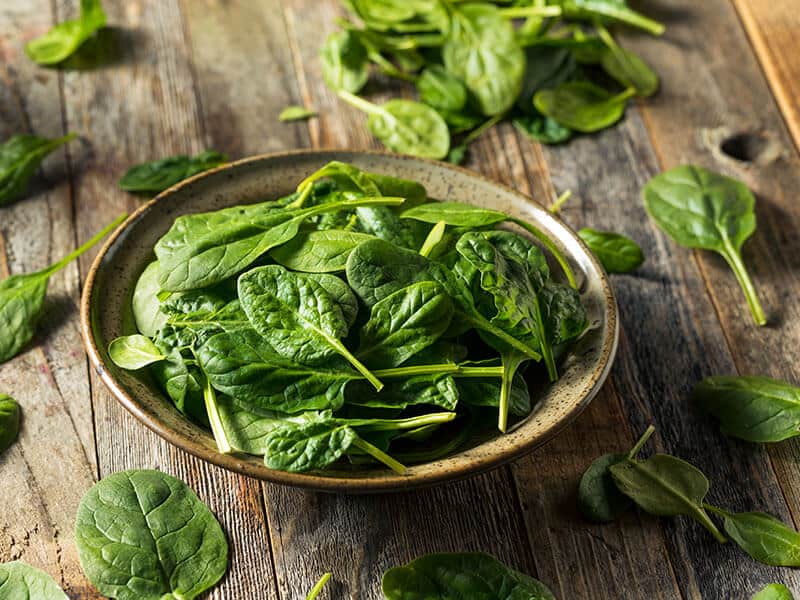
The first and also the most versatile escarole substitute you can find in my list is spinach. Thanks to its bitter flavor, you can trust it in various recipes which call for escarole.
This leafy green is nutty, earthy, sweet, and even tangy. Some might pay attention to its metallic notes.
Spinach can be enjoyed in both raw and cooked form. Eating raw leaves by tossing them straight into your morning smoothies and salads or making juice from them can help you benefit from its many antioxidants.
Meanwhile, cooking spinach can reduce its bitterness significantly and bring out calcium and iron so that your body can absorb them easily.
Spinach can pair well with chicken, shrimp, fish, veal, eggs, bacon, cheese, lentils, and more.
It’s often used to make sauces, dips, salads, soups, stir-fries, and pizza.
Moreover, spinach is considered a superfood, so that you can have it daily with a recommended amount of 2 cups.(1)
Let’s cook a bowl of refreshing spinach salad with a lot of bacon. You can see this video to know more:
Kale
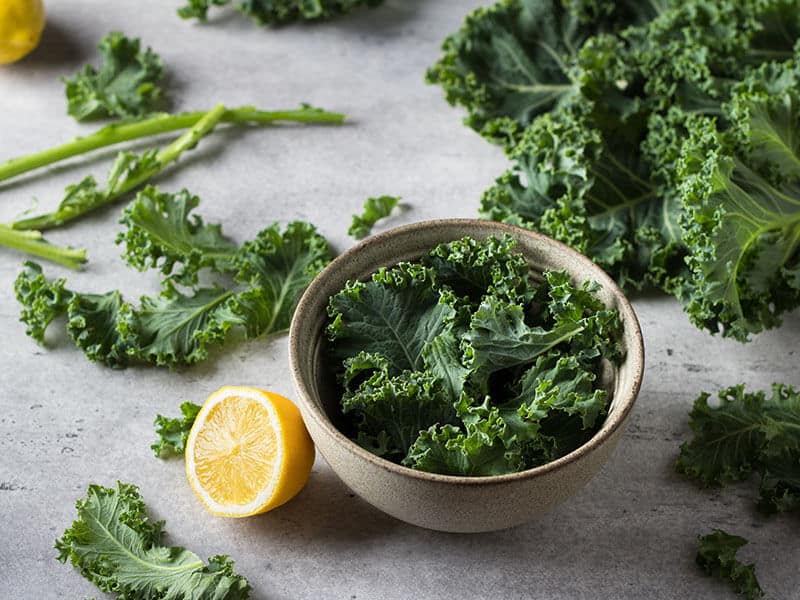
Missing escarole from the kitchen shouldn’t be a tragedy if you have kale in your fridge. This “king of healthy greens” could be a great addition to your recipes.
Kale tastes much less bitter than escarole and has a strong, earthy and peppery note which is perfect for many dishes. Kale can be an excellent substitute for escarole in soups and lasagnas.
Kale is most found in two types: baby kale and curly kale, similar to the inside leaves and the outer leaves of escarole, respectively. It’s up to your recipe to choose the right kind of greens you want. Baby kale might taste milder than the mature version.
Keep in mind that kale has a dry, tough and crunchy texture, so you might need to saute it first or give it a good massage with oil before adding it to salads and other recipes.
Chard
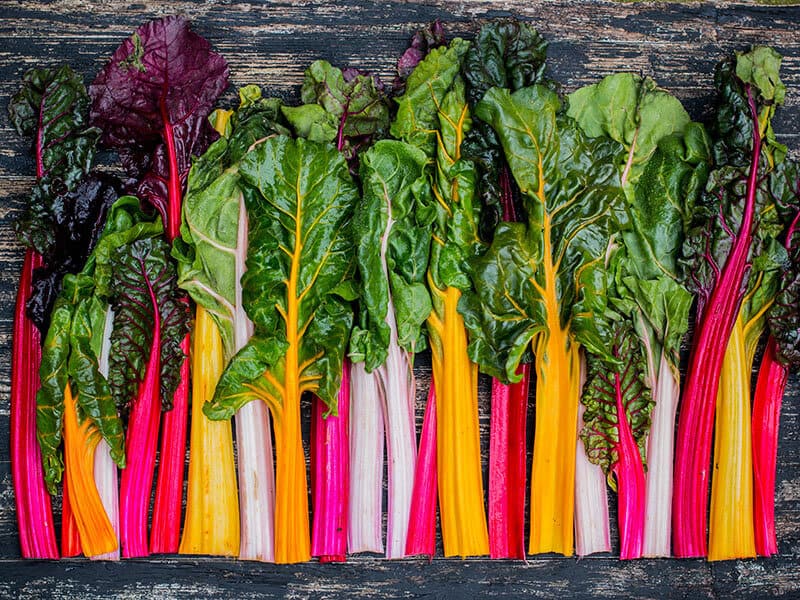
Chard, also known as Swiss chard or rainbow chard, might be my next alternative for escarole. It’s available in many colors, including striped, white, purple, yellow, pink, and red.
This plant is native to Mediterranean regions and has been used in Mediterranean cuisine for quite a long time due to its high nutrition and low calories. You can add a bunch of chard to smoothies, soups, braises, gratins, and stews.
Chard features tender and large leaves which might taste earthy and sweet with a hint of bitterness. Cooking is a great way to remove its bitterness. It’s worth noting that the older it gets, the less bitter it becomes.
The best part? Chard goes well with almost anything and seems to be best with sweet and tangy combos.
You might crave this toothsome homemade braised chard with garlic a lot!
Mustard Greens
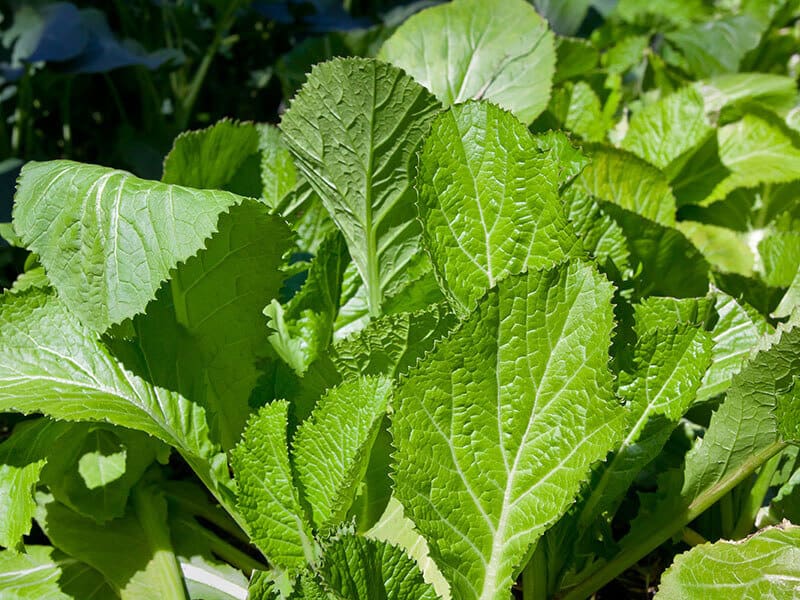
Mustard greens, sometimes called curly mustard, leaf mustard, mustard spinach, and Indian mustard, might not be as viral as kale and spinach. However, they have been extensively used in the kitchen for a thousand years.
They are packed with disease-fighting and energy-giving nutrients such as vitamin K, calcium, magnesium, and acid folic.
The reason they’re on the substitute list is because they have a pungent flavor that can replicate the flavor of escarole in the recipe. Moreover, they might have peppery, horseradish-like leaves which work amazingly when steamed, boiled, and sauteed.
Feel free to cook them the same way as you would cook kale and spinach. They’re suitable soups, salads, stir-fries, and more.
Frisée
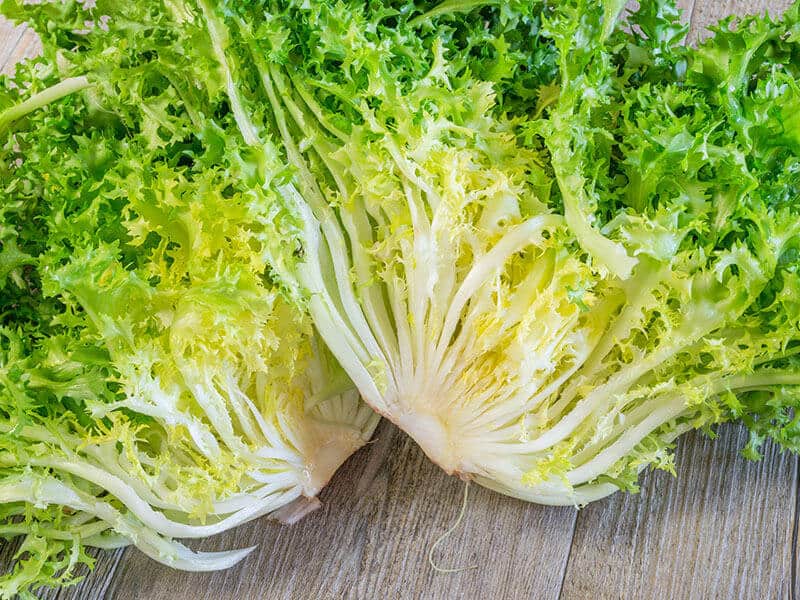
Frisée belongs to the chicory family, which is year-round leafy greens including escarole, radicchio, curly endive, and the Belgian endive. Frisée has curly leaves, which are bright green on the outside and pale yellow-green on the inside.
One of the reasons it’s so prevalent in salads is that it holds up very well and makes your salad bowl look fuller and more appealing. This lacy green offers a crunchy texture, so you feel more enjoyment when chewing your vegetables.
Notably, it has an approachable bitterness with a hint of peppery taste, loved by chefs and home cooks alike. This distinct flavor can add a nice contrast to rich dishes and brings balance to your meal.
Therefore, you can use a frisée with flavor-packed ingredients, like roasted chicken and fried eggs instead of escarole.
Do you know how to prepare a frisée for the salad? It’s super easy!
Iceberg Lettuce
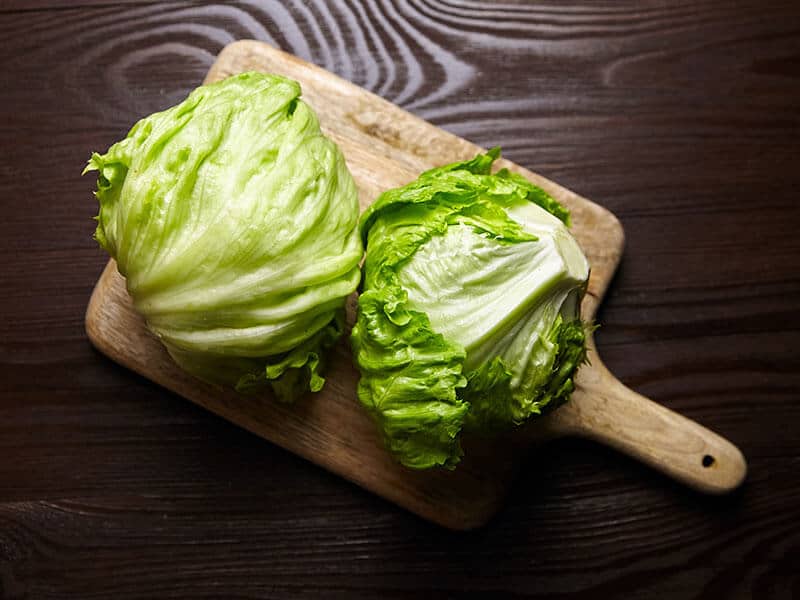
Iceberg lettuce is another promising candidate which you might find helpful when you run out of escarole. Known for its crispy, juicy texture and mildly sweet flavor, it’s a wonderful addition to tacos, sandwiches, pasta, burgers, wraps, and salads.
In terms of appearance, it comes with a tightly packed, ball-like head, which is comparatively small among other types of lettuce heads. It looks bright green from the outside and becomes yellow in the center.
Besides adding a lot of water into your meal because 96% of iceberg lettuce is water, it’s also a great vitamin A and K source.
If for some reason, it turns bitter, you can easily restore its sweetness by putting it in the fridge for about two days.
Romaine Lettuce
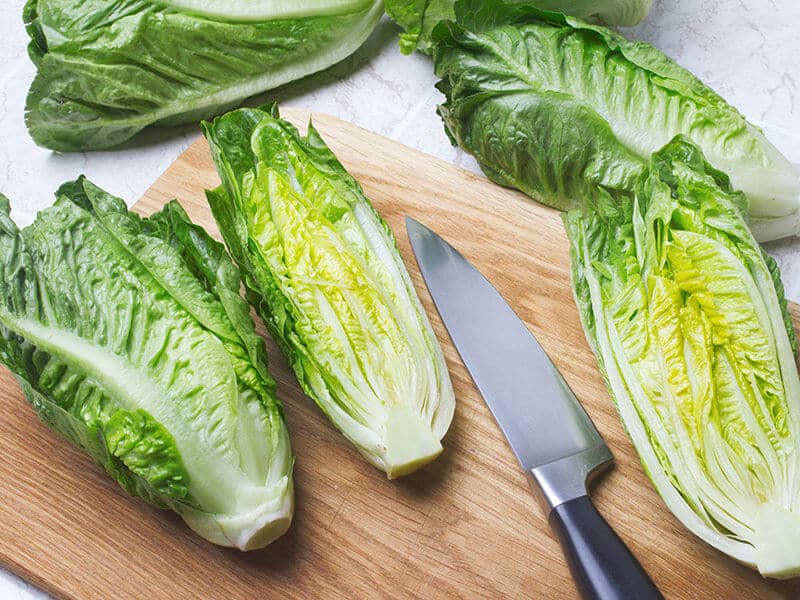
Romaine is one of my favorite lettuce, which I always make room for in my daily meal. It features narrow, long, sturdy leaves with green colors.
It neither tastes as sweet as iceberg lettuce nor grassy as spinach. In comparison, it has a slightly bitter flavor which makes it an excellent replacement for escarole in many recipes.
Romaine adds a pleasant crunch to any meal, especially for Caesar salads. However, it’s not for salads only. Valued for its refreshing, juicy, mild, and balanced taste, it can be a part of casseroles, soups, lettuce wraps, sautés, braises, toppings, and even smoothies.
Although low in fiber, it’s high in minerals, such as magnesium, calcium, potassium, and phosphorus.
Arugula
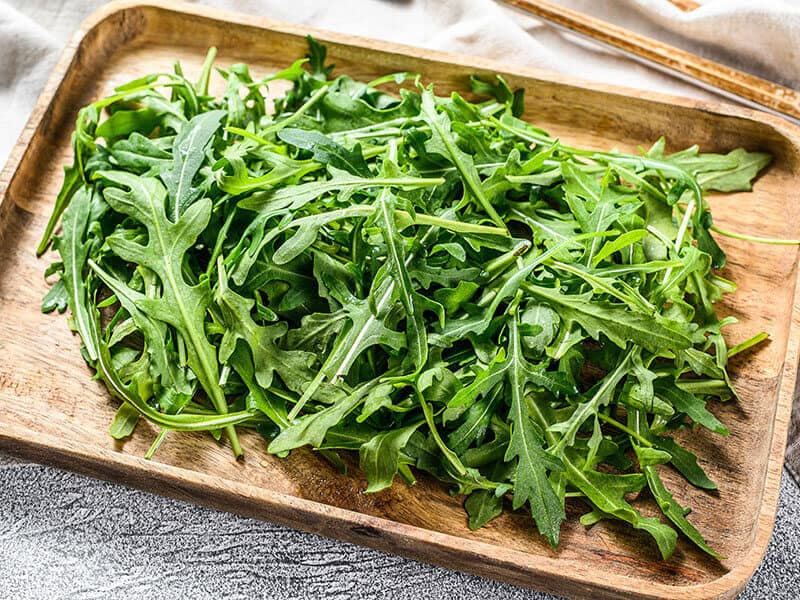
If you’re a fan of Italian cuisine, there’s a great chance that you will stock a bunch of fresh arugula in your fridge. This versatile vegetable could take part in various dishes and make them impressive and health-giving, like escarole.
Arugula, as well as kale and radish, contains glucosinolates, which are responsible for their bitter taste. (2) Plus, you might also notice its tart, bright and peppery notes. Put another way, it gives a spicy kick to the recipe.
With thin, delicate, and slightly crisp leaves, arugula is good to eat raw; however, lightly cooked arugula allows your body to take in more certain nutrients and carotenoids.
Arugula pairs well with pasta, grains, roasted vegetables, meats, seafood, eggs, mushrooms, tomatoes and more. It can complement robust flavors like blue cheese, garlic, Parmesan and olive oil. For me, I’d like to use it as a veggie topping for pizza, wraps, sandwiches, and nachos.
How to make restaurant-style arugula salad is waiting for you to discover!
Radicchio
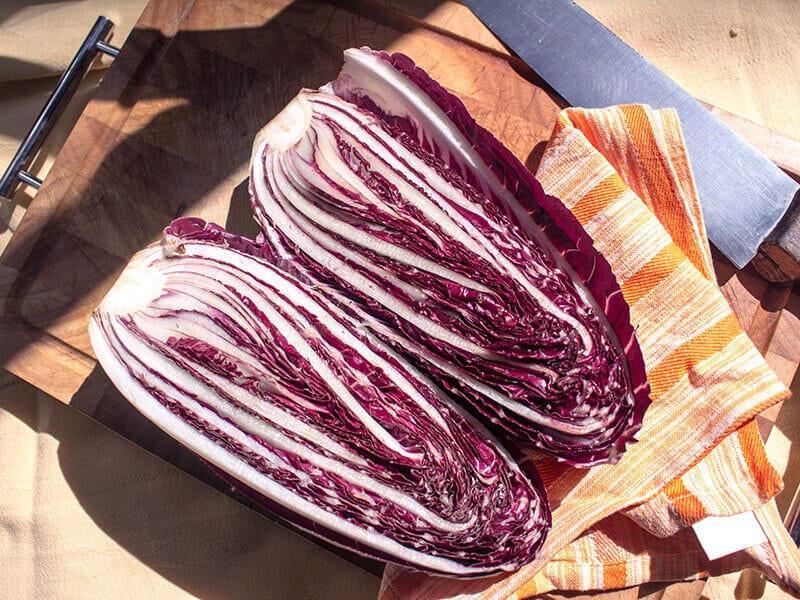
As mentioned earlier, radicchio is a part of the chicory family, well-known for its distinct pungency. So, radicchio’s prominent flavor is its bitterness. For this reason, it could be a delicious base for more savory foods such as goat cheese, prosciutto, and more.
Radicchio can be a fantastic substitute for escarole in both raw and cooked recipes.
If you prefer to enjoy its sharp, spicy and bold aroma, you could toss it into a salad bowl or use it as a shell to hold chicken and tuna salads. Once cooked, it might taste more mellow and sweet with slightly bitter.
Radicchio is fibrous, high in vitamin K, and contains a lot of antioxidants. These nutrients nurture your body and support your fight against heart disease, cancer, osteoporosis, and diabetes.
Butterhead Lettuce

Butterhead lettuce can be described as a small, round, and loose head that has tender and sweet leaves. Its leaves can be ranged from reddish-purple to dark green or light green color. You might find them with a root attached to maximize their freshness.
As the name suggests, it appears smooth like butter, even creamy, and incredibly soft in terms of texture. This characteristic is totally different from the crunchy and watery texture of some popular lettuces, like romaine and iceberg lettuce.
As for its flavor, you might have known that butterhead lettuce has a mildly sweet and buttery aroma with a hint of bitterness, but keep in mind that its bitterness is quite vague.
Butterhead lettuce can quickly impart its tasty flavor to salads and sandwiches, so butterhead can be an option for escarole recipes if you don’t have much time left to prepare the dish for tonight’s dinner. People like to add it to hamburgers, pulled pork, chicken salad, and more.
This lettuce is brimming with iron, manganese, potassium, vitamin A and vitamin K. So, it’s a smart choice for vegetarian diets.
Beet Greens
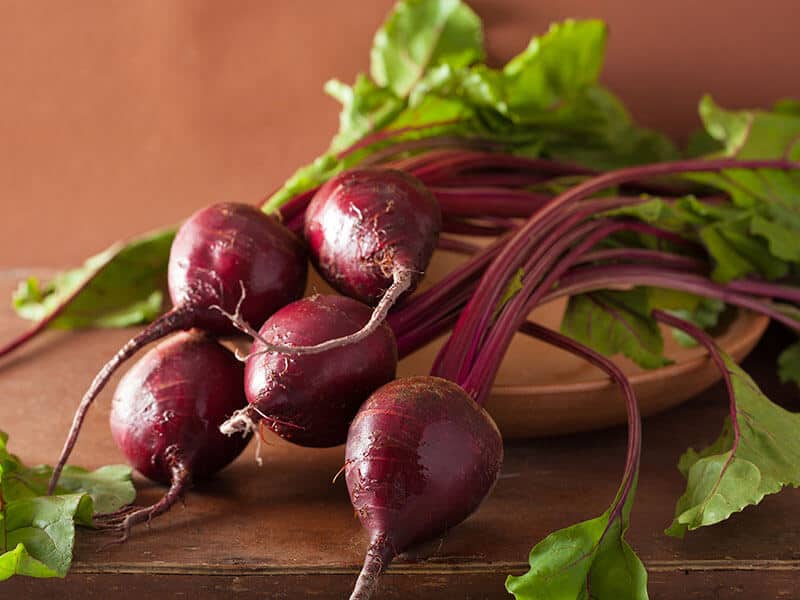
Keep the green leafy tops when you prepare beets because they’re good to eat and can make a great substitute for escarole. Beet greens are popular in Asian and North African foods.
At first glance, they feature an earthy, sweet, and mild flavor. People usually perceive their aromas as bolder and saltier than other leafy greens. When cooked, their leaves become velvety and delicate.
Beet greens can be braised, steamed and sauteed. They perform well when added to soups, lasagna, salads, or pesto. Moreover, beet greens are nutrient-rich so don’t hesitate to add them into your daily meals.
Endive
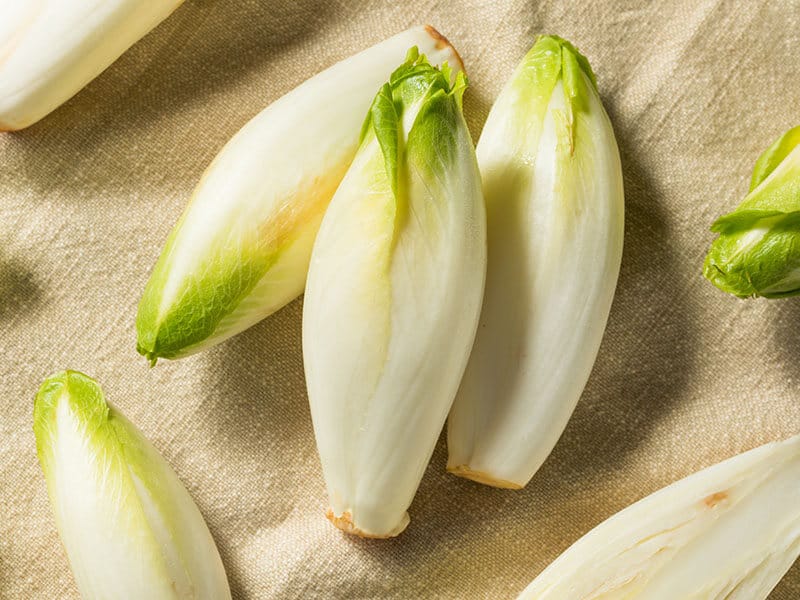
Endive belongs to chicory family and has a distinctively bitter flavor. Like many leafy greens, they also taste earthy, nutty, and sweet.
It’s said that its fresh and clean aroma could create a perfect balance with its bitterness; therefore, it can be enjoyed both raw and cooked. To be more specific, when cooked, endive’s pungent taste slowly turns into a slightly sweetness.
In terms of texture, the endive is crisp and crunchy, so feel free to toss it into your salads and enjoy.
It’s suitable for various cooking methods like baking, sauteing, grilling, roasting, or you can even use it as wraps.
Borage

Borage is native to the Mediterranean regions, and has been used as a culinary and medicinal ingredient for a long time.
The stem, leaves, and flowers of borage are edible and can add unique flavors to your food.
The taste of young borage leaves alone is described as the combination of fresh cucumbers and shucked oyster. It’s somewhat briny and refreshing. So it could replace escarole when there is nothing left in the kitchen.
These hairy, prickly leaves can be chopped and added to your salads, stocks, soups, stews, drinks or used for garnishing. To my surprise, they’re perfect for both sweet and savory recipes.
Chinese Cabbage
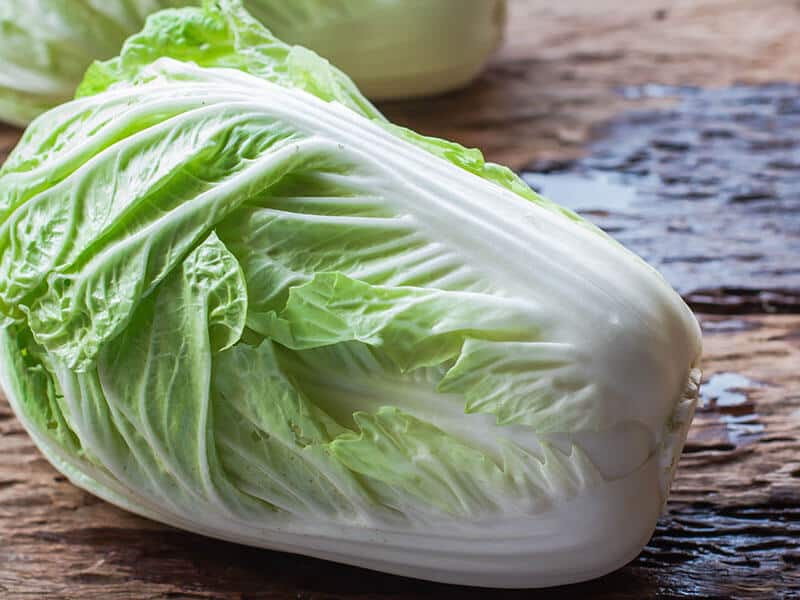
Chinese cabbage or napa cabbage is popular in the Asian cuisine which has an oblong shape, frilly, light green leaves, and crisp white stems.
This cruciferous vegetable has a mild and slightly sweet flavor. The sweetness becomes more obvious when it’s cooked. Plus, its leaves are thin, tender and slightly crunchy, so Chinese cabbage can become a versatile ingredient in the kitchen.
It can be enjoyed raw or put in the stews. It’s often used in Chinese noodles, stir-fry, spring rolls, dumplings, potstickers, and salads.
Interesting Escarole Recipes For Your Weeknight Dinners
Are you curious about escarole recipes? Let me present you with the two most well-liked Italian soups which you definitely crave.
Italian Wedding Soup
Italian wedding soup is a bit of work, but the result is well worth the effort. If you have a jam-packed schedule, you can opt for some frozen meatballs to save some time. The good news is that this recipe is perfect for the stovetop, Crock-Pot, or the Instant Pot!
Generally, this hearty and comforting dish consists of meat and green vegetables and is totally suitable for any time of the year. You can have it with a freshly baked bread loaf or a good bowl of green salad.
Italian wedding soup’s hallmark flavor comes with savory broth, flavorful meatballs, and a touch of refreshing vegetables.
With chicken, escarole, and veal meatballs, are you ready for Italian wedding soup?
Escarole and Bean Soup
This escarole and bean soup deserves a try as soon as possible because it’s so good that you can’t ignore it any longer. The best part? It should be on your table for only 30 minutes.
Like Italian wedding soup, it can be served as a main course and pairs well with crusty bread and mixed salad on the side. I’d like to sip it on cold winter nights to warm up a little bit after going outside.
You can add diced sausages and meatballs for an extra hearty soup, but I think cooked beans are enough for a satisfying and filling meal.
It’s a safe bet that it becomes famous thanks to its nutty, slightly sweet, rich aroma.
Take a glance at this delicious escarole and beans recipe!
Sauteed Escarole
This sautéed green tastes super flavorful and yummy so you must try them as soon as possible at the comfort of your house, especially when you’re having a bunch of escarole in the fridge. It’s a quick, easy and healthy side dish for family dinner.
If you hesitate because of its bitterness, don’t worry, because when cooked, their taste becomes much milder. Not to mention, garlic is added to enhance the overall flavor so that it turns out aromatic and enjoyable to eat.
You can expect a plate full of greens with a silky texture and slightly sweet flavor as long as you follow the recipe step by step.
FAQs
I’ve made a list of questions about escarole and its popular substitute so that you can consult easily. Read and thank me later.
All Escarole Substitutes Are Healthy And Tasty!
There are many escarole replacements that you can easily find in your pantry. And I’ve tried my best to gather them on my list to share with you.
So, what’s your favorite substitute?
For me, I often reach for spinach and romaine lettuce because they’re powerhouses and easy to work with. If you’re like me, you tend to enjoy both raw and cooked foods; two options might be ideal.
Sometimes, you might want to stick to escarole instead of replacing it, especially if you plan to cook some traditional Italian recipes.
Comment below to let me know your thoughts about these leafy greens and lettuces. Hope to hear from you soon!
Reference
- WebMD. 2021. Why Is Spinach Good For You?.
- Medicalnewstoday.com 2021. Arugula: Health benefits, facts, and research.

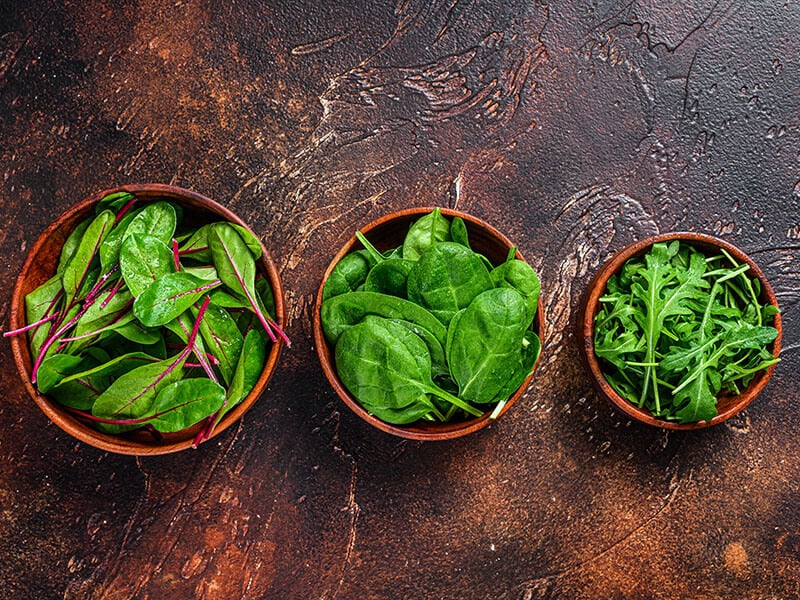

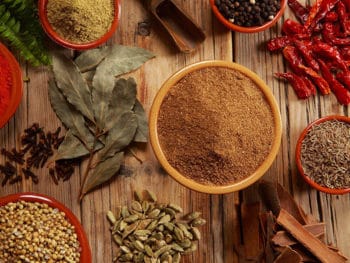
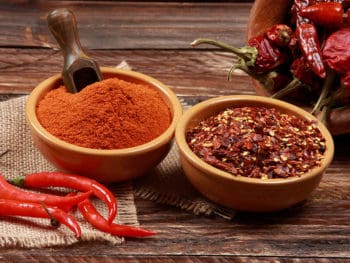
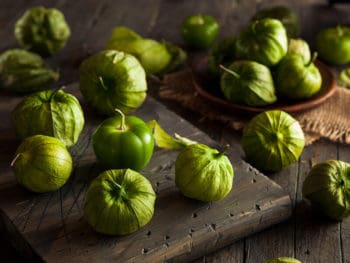
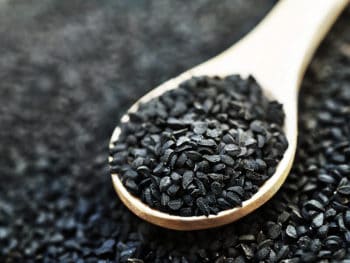

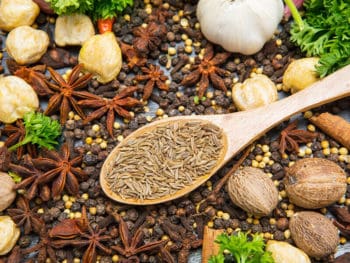

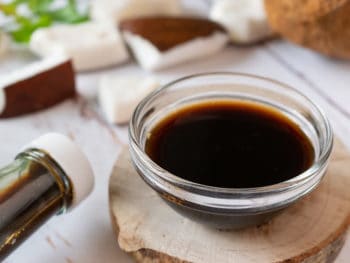
 7+ Vital Delicata Squash Substitutes
7+ Vital Delicata Squash Substitutes